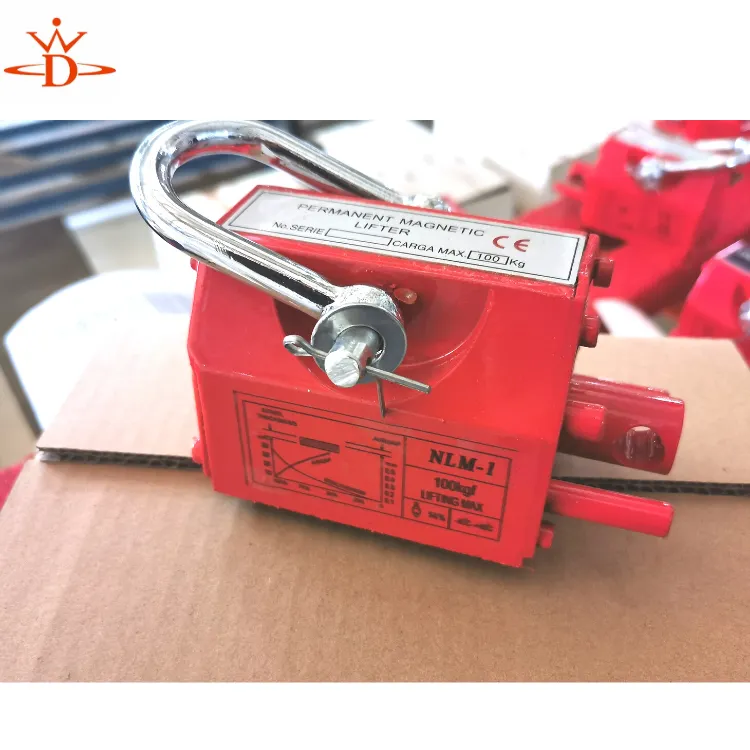industrial equipment relocation
Industrial Equipment Relocation A Comprehensive Guide
Relocating industrial equipment is a critical yet often challenging task faced by many businesses. Whether you are moving operations to a new facility, reconfiguring your existing layout, or upgrading to more advanced machinery, a systematic approach to equipment relocation can make a significant difference. In this article, we will explore the key considerations, planning strategies, and best practices to ensure a successful industrial equipment relocation.
Understanding the Importance of Proper Planning
Proper planning is the cornerstone of any successful industrial equipment relocation. A haphazard approach can lead to unforeseen challenges, increased downtime, and financial losses. Hence, it is essential to develop a comprehensive relocation plan that encompasses every facet of the process. This plan should include a timeline, budget, and resource allocation, as well as a detailed inventory of the equipment that will be moved.
Assessing Equipment and Facility Needs
Before embarking on the relocation process, it is crucial to assess both the equipment and the new facility. Evaluate each piece of equipment to determine its condition, function, and compatibility with the new environment. This assessment helps in identifying any repairs, upgrades, or replacements that may be necessary prior to the move.
Additionally, the new facility's layout should be meticulously planned to accommodate the relocated equipment effectively. This includes considering logistics such as door sizes, weight limits, and floor strength. A well-planned layout minimizes the risk of accidents and operational hiccups once the equipment is installed.
Engaging Professional Services
Industrial equipment relocation can be an intricate procedure that often requires specialized skills and tools. Engaging with professional relocation services can relieve much of the burden from your team's shoulders. These professionals not only have the experience and expertise to handle heavy machinery but also possess the right equipment to ensure safe relocation. From disassembly and transportation to reassembly and testing, professional services can streamline the entire process.
industrial equipment relocation

When selecting a relocation service provider, it is crucial to conduct thorough research. Look for companies with a proven track record in industrial relocations, and don’t hesitate to ask for references. Ensure they are licensed and insured to protect your business against potential liabilities during the move.
Communication is Key
Effective communication throughout the relocation process cannot be overstated. Keeping all stakeholders informed—from management to staff—will help manage expectations and minimize anxiety. Regular updates about the timeline, equipment status, and any changes to the plan can keep everyone on the same page.
Involving employees in the relocation process can also provide valuable insights. Workers familiar with the equipment and workflows can offer practical advice on the best layout and setup for operational efficiency. Their involvement can also foster a sense of ownership and help them adapt to the changes more readily.
Testing and Training
Once the relocation is complete, the next step involves rigorous testing of the equipment. This is particularly vital for complex machinery where accuracy is paramount. Conducting functionality checks will allow you to identify any issues that might have arisen during the move, enabling timely corrections.
Additionally, training staff on any new equipment or modified processes is essential. This step ensures that employees can operate the relocated machinery safely and efficiently. Providing thorough training also helps in maximizing the return on investment by minimizing downtime caused by human errors.
Conclusion
In conclusion, industrial equipment relocation requires careful planning, professional assistance, effective communication, and thorough testing. By taking a systematic approach to this complex process, businesses can minimize downtime and maintain productivity. Remember, whether it's moving a single piece of equipment or an entire facility, preparation and collaboration are vital to achieving a seamless transition. Investing time and resources into a well-executed relocation strategy can pave the way for improved efficiency and growth in your operations.
-
Unlock Seamless Relocation with Our Heavy Equipment Moving ExpertiseNewsJun.06,2025
-
Unleash Unrivaled Flexibility with Our Adjustable Gantry CraneNewsJun.06,2025
-
Unleash Heavy-Duty Efficiency with Our Industrial Gantry Crane SolutionsNewsJun.06,2025
-
Revolutionize Steel Handling with Our Magnetic Lifter RangeNewsJun.06,2025
-
Master Equipment Mobility with Premium Machinery Mover SolutionsNewsJun.06,2025
-
Elevate Your Material Handling with Magnetic Lifter TechnologyNewsJun.06,2025
-
YS Permanent Lifting Magnets: The Smarter Way to Handle SteelNewsMay.22,2025
